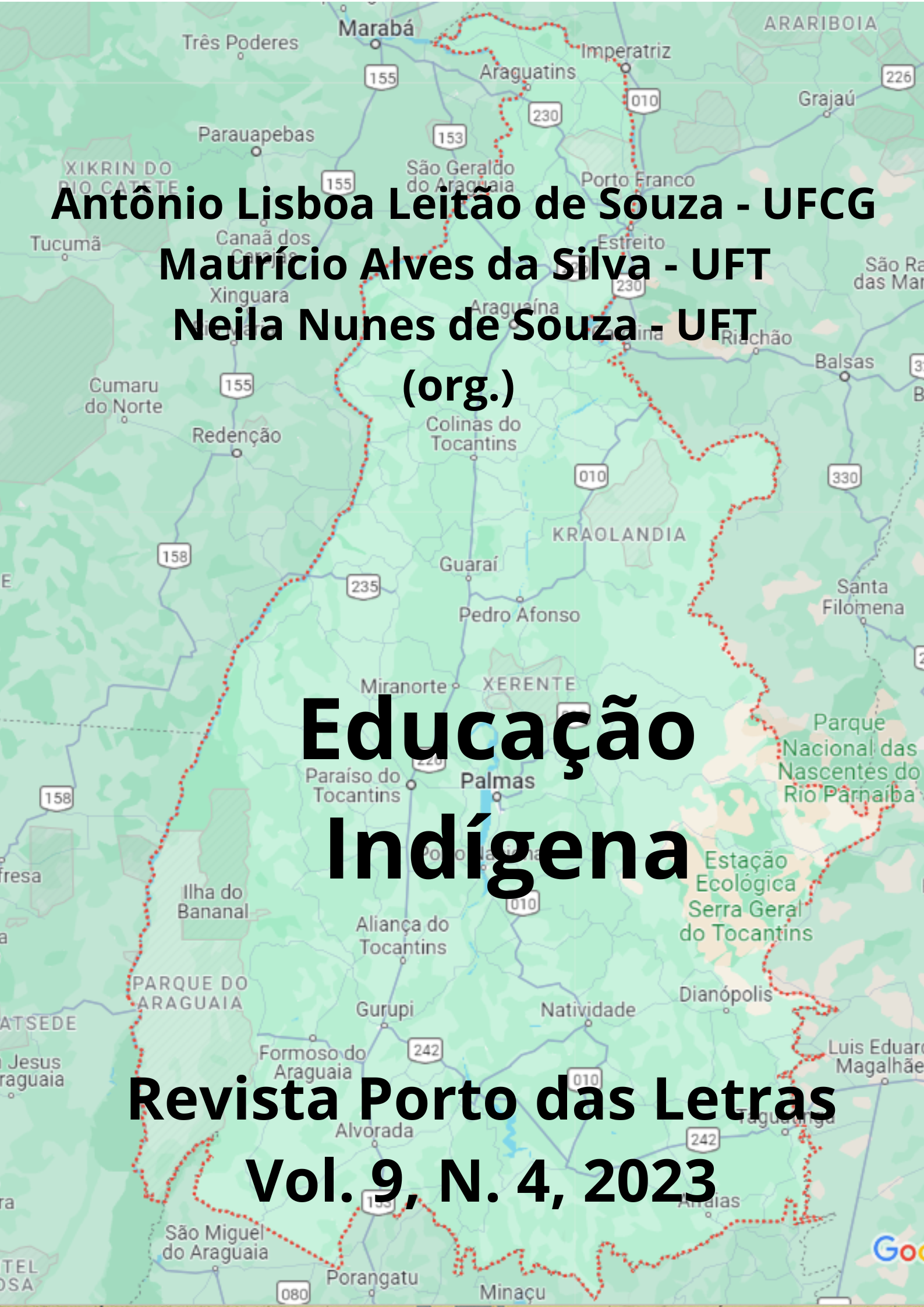Dactylological Signs of Libras:
an analysis based on Battison's Restructuring Profile
Abstract
This article is an excerpt from a master's thesis and addresses an analysis of the dactylological signs of Brazilian Sign Language (Libras) based on the Restructuring Profile proposed by Battison (1978). The study employs criteria for phonological analysis, especially centered on Battison's methodology (1978), adapted for Libras. The main objective is to analyze and describe dactylological signs with phonological change/adaptation. The text highlights the diversity of dactylological signs of Libras, revealing variations in the articulation of segments of phonological parameters. The authors discuss cases where phonological adaptation occurs in dactylological signs, demonstrating that not all follow the canonical form of the manual alphabet of Libras. Additionally, the work addresses the phenomenon of linguistic borrowing in sign languages, emphasizing the influence of the French Sign Language manual alphabet in the creation of the Libras manual alphabet. The historical role of dactylology in deaf education is examined, highlighting its evolution and adaptation to sign languages over time. The study methodology involved collecting dactylological entries from the Libras Dictionary (online) and the comparative analysis of these signs, using specific restructuring criteria proposed by Battison. The work presents quantitative and qualitative data, highlighting the phonological changes observed in dactylological signs. The results indicate that the majority of dactylological signs of Libras undergo phonological adaptations, demonstrating richness in the variation of these signs in Brazilian sign language. The research contributes to the phonological studies of Libras, emphasizing the importance of accurate linguistic recording to preserve and value this sign language in the Brazilian context.
References
BATTISON, Robin. 1978. Lexical borrowing in American Sign Language. Silver Spring, MD: Linstok Press. 149 p.
CARVALHO, Nelly Medeiros de. Empréstimos Linguísticos e identidade cultural. In: ALVES, I. M.; et al. (org.) Estudos lexicais em diferentes perspectivas, vol 1, São Paulo: FFLCH/USP, 2009, 255 p.
CHANNER, Caitlin Seegmiller. Coarticulation in American Sign Language Fingerspelling. Linguistics ETDs. Paper 8. Albuquerque, 2012. p.40. Dissertação (Mestrado em Linguística) - University of New Mexico.
DINIZ, Heloise Gripp. A história da Língua de Sinais Brasileira (Libras):Um estudo descritivo de mudanças fonológicas e lexicais. Florianópolis, 2010. 112 p. Dissertação (Mestrado em Linguística), Universidade Federal de Santa Catarina.
FARIA-NASCIMENTO, S. P. Representações Lexicais da Língua de Sinais Brasileira. Uma Proposta Lexicográfica. Brasília, 2009. 290 p. Tese (Doutorado em Linguística) - Instituto de Letras, Universidade de Brasília.
FERREIRA-BRITO, Lucinda. Por uma gramática de Línguas de Sinais. Rio de Janeiro: Tempo Brasileiro, 1995. 273p.
FELIPE, Tanya Amara. O Signo Gestual-Visual e sua Estrutura Frasal na Língua dos Sinais dos Centros Urbanos Brasileiros. Dissertação (Mestrado) - Universidade Federal de Pernambuco, Recife, 1988.
___________________. Introdução à Gramática da LIBRAS. Educação Especial – Língua Brasileira de Sinais. Brasília, MEC/SEESP: Série Atualidades Pedagógicas 4, 1997: p. 81-123
___________________; LIRA, G. A. Dicionário da Língua Brasileira de Sinais – Libras. Rio de Janeiro, Acessibilidade Brasil - CORDE. Versão 2.0, 2005.
___________________. Dicionário da Língua Brasileira de Sinais. Rio de Janeiro, Acessibilidade Brasil – Versão 3, 2011. Disponível em < http://www.acessibilidadebrasil.org.br/libras_3/> Acesso em 3 jan 2024.
FERREIRA-BRITO, Lucinda. Por uma gramática de Línguas de Sinais. Rio de Janeiro: Tempo Brasileiro, 1995. 273p.
______________________. (org.). Língua Brasileira de Sinais. Brasília: MEC-SEESP, 1998. v.1. 107 p.
______________________. Uma abordagem fonológica dos sinais da LSCB. Espaço: Informativo Técnico-Científico do INES, Rio de Janeiro, v.1, n.1, p.20-43, 1990.
NASCIMENTO, Cristiane Batista do. Empréstimos Linguísticos do Português na Língua de Sinais Brasileira - LSB: Línguas em Contato. Brasília, 2010. 111 p. Dissertação (Mestrado em Linguística) - Instituto de Letras, Universidade de Brasília.
QUADROS, Ronice Müller de; KARNOPP, Lodenir Becker. Língua de Sinais Brasileira: estudos linguísticos. Porto Alegre: Artmed, 2004.
________________________; PIMENTA, N. Curso de Libras 1. Rio de Janeiro: LSB Video, 2006.
ROBERTO, Mikaela. Fonologia, fonética e ensino: guia introdutório. 1. ed. São Paulo: Parábola Editorial, 2016. 176 p.
STOKOE, William. Clarence. (1993 [1960]). Sign Language structure. An outline of the visual communication systems of the American deaf. Journal of Deaf Studies and Deaf Education, Oxford University Press, Oxford, v.10 n.1, p. 3-37, 2005.
SUTTON-SPENCE, Rachel Louise. The Role of The Manual Alphabet and Fingerspelling in British Sign Language. Bristol, 1994. 432 p. Tese (Doutorado), University of Bristol.
XAVIER, André Nogueira; BARBOSA, Plinio Almeida. Com quantas mãos se faz um sinal? Um estudo do parâmetro número de mãos na produção de sinais da língua brasileira de sinais (libras). Todas as Letras, São Paulo, v. 15, n. 1, p. 111-128, 2013.
_____________________________________________. Variação livre na libras: a realização com uma mão de sinais canonicamente feitos com duas. Revista (Con)Textos Linguísticos, Vitória, v.8, n. 10.1, p. 6-24, 2014.
WILCOX, Sherman. The phonetics of fingerspelling. Philadelphia: John Benjamin Publishing Company, 1992. 108 p.
Downloads
Published
How to Cite
Issue
Section
License
Os autores concordam com os termos da Declaração de Direito Autoral, que se aplicará a esta submissão caso seja publicada nesta revista (comentários ao editor podem ser incluídos a seguir).

